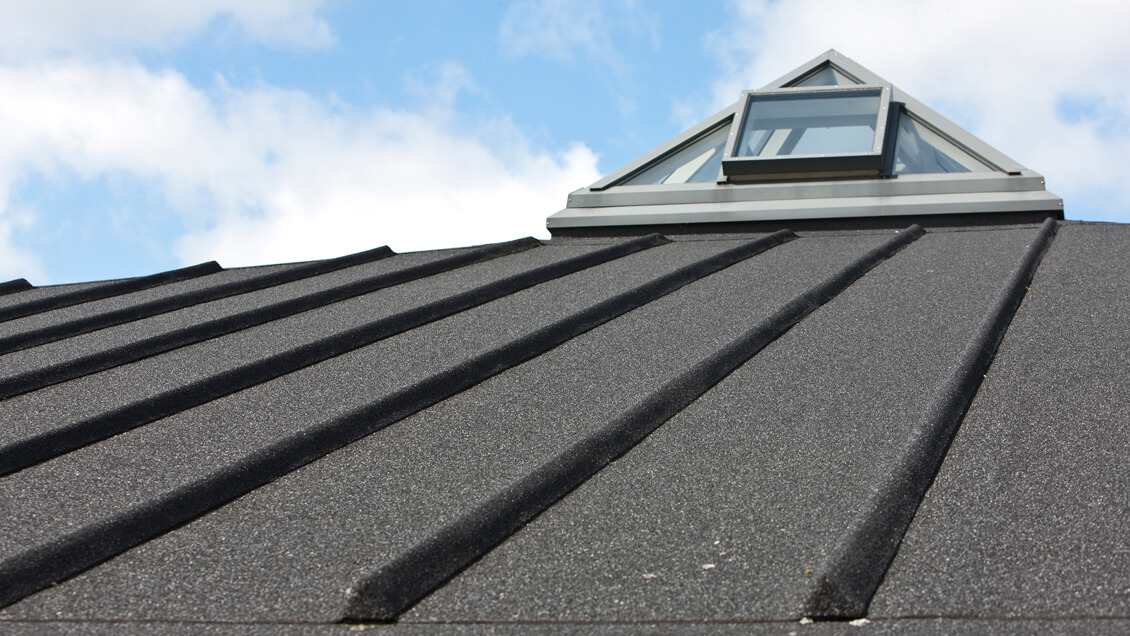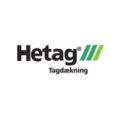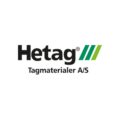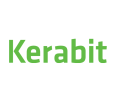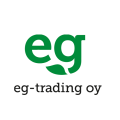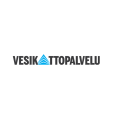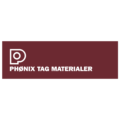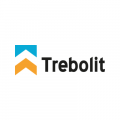TARGETS:
- ALL WASTE RECYCLED BY 2030
- All self-generated waste will be recycled to keep 100% of the products’ CO2 in the cycle.
- By 2025 no waste will go to landfill.
PERFORMANCES in 2023
- Decreased waste for landfill
- 56% waste was recycled
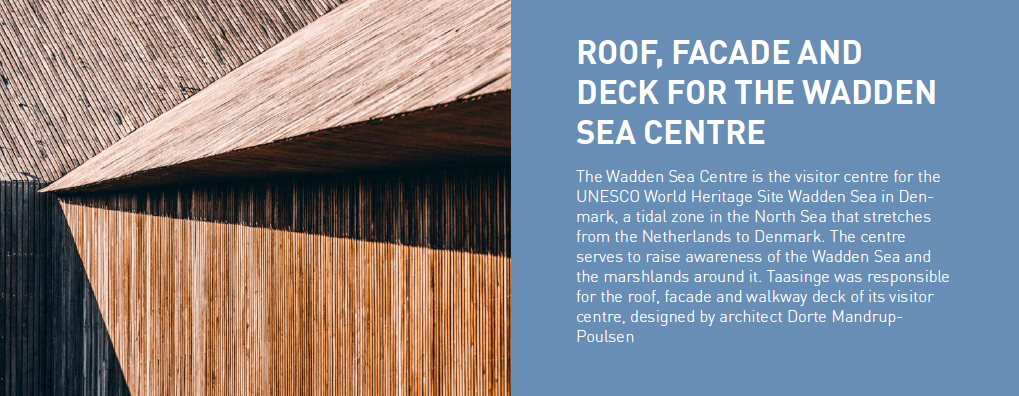
LESS WASTE
We focus on achieving full recycling of all residual materials and waste to reduce material consumption and retain CO2 in a captured form. We recycled 56% of our production waste in 2022 and we continue our research to minimise waste. Recycling trials are underway to investigate how factory waste can be reused to add value in our own factories or in other industries to help us and our customers avoid waste to incineration or landfill. We encourage our customers to collect and return cuttings from construction sites to recycling centres that take the waste on for recycling into new asphalt, for example. The operation in Denmark recycled nearly 100% of the production waste and sent no waste to landfill.
RECYCLING CHALLENGING
The challenge lies mainly with fossil-based materials such as bitumen-based products and EPDM rubber. Roofing felt is normally left on the roof during refurbishment with a new layer. EPDM rubber can only be reused as a filling material as it is vulcanised and cannot be melted down. There is currently no established method, different recycling methods are being developed and evaluated.

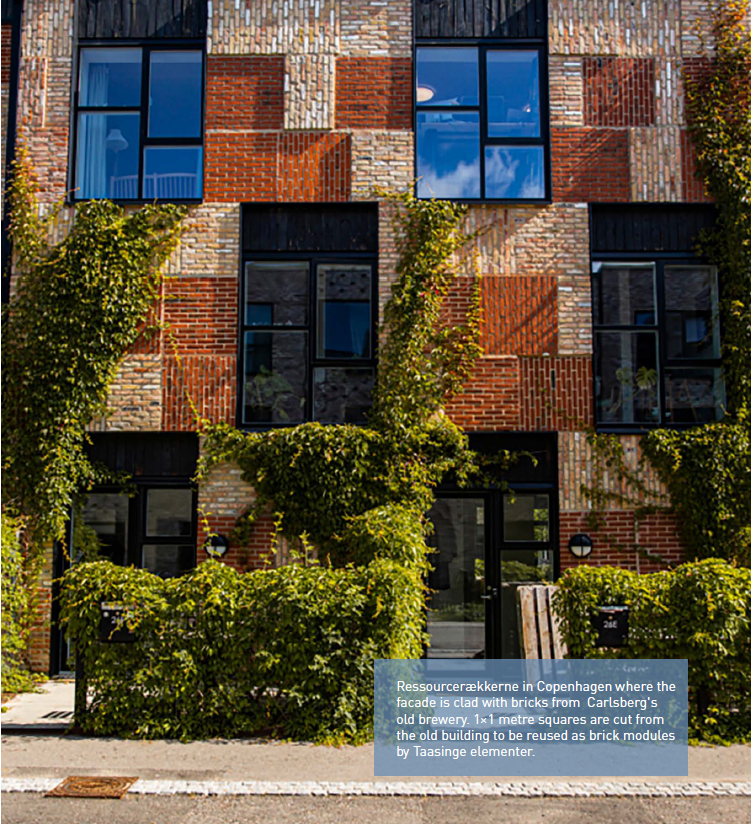
PACKAGING
The majority of our products are packaged in plastic film. Measures are being implemented to reduce plastic consumption. As an example, many tonnes of plastic and waste are saved as most of the roof membrane rolls are taped together instead of being wrapped in plastic. However, they should be stored under cover before installation. Other measures include reducing the thickness, but also by increasing the recyclability of plastic packaging by avoiding paint and ink on the plastic.

